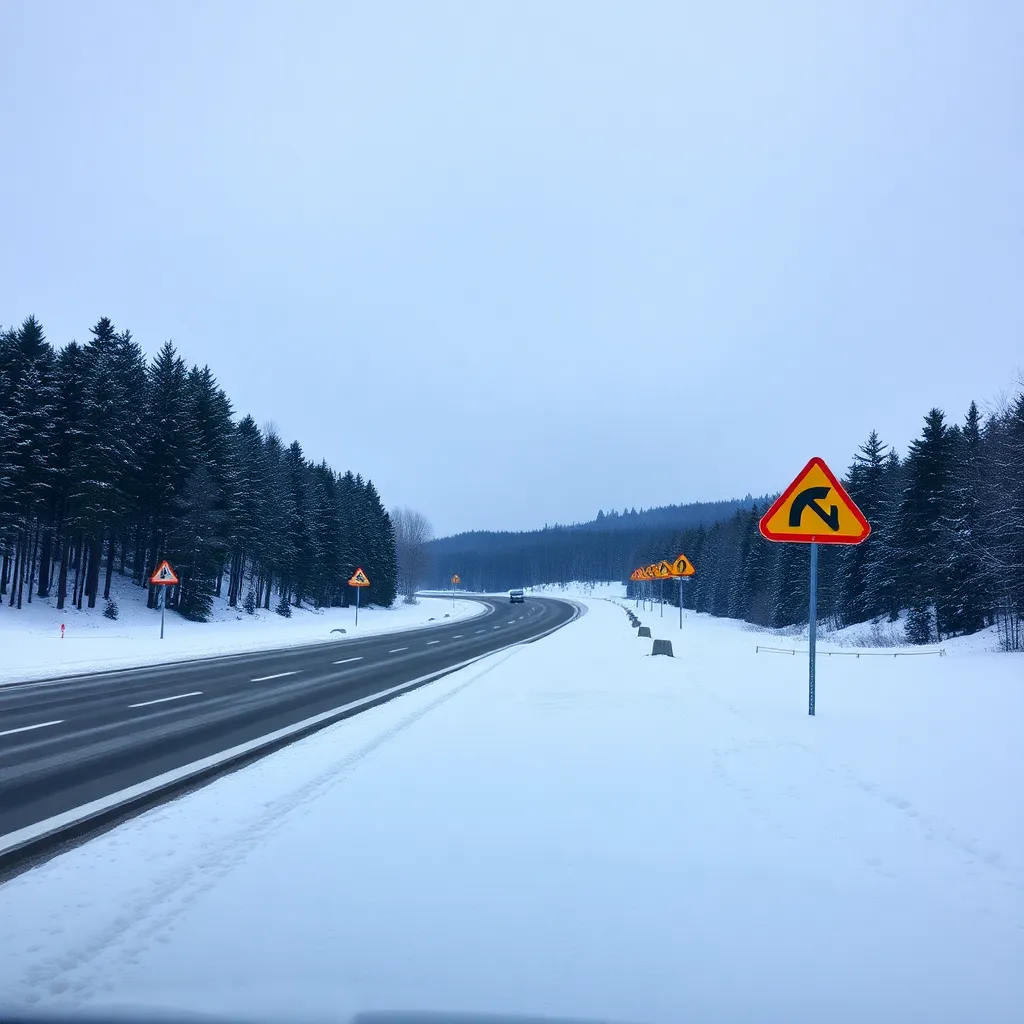Severe Winter Weather Expected to Hit the East Coast
This weekend, severe winter weather and a powerful Arctic blast are set to affect the eastern half of the United States, potentially disrupting post-Thanksgiving travel plans. The National Weather Service warned of dangerous travel conditions across many regions, especially from Cleveland, Ohio, to Buffalo, New York, where a lake-effect storm warning is in place until early Monday.
A Deep Freeze on the Way
Forecasters have indicated that cold air is moving from the Dakotas and Minnesota toward the southeastern U.S. Temperatures in these areas may drop to 20 degrees below normal, with southern states near the Gulf Coast experiencing temperatures about 10 degrees lower than average. This includes places like Alabama, Mississippi, and the Florida Panhandle.
The Arctic cold front will also bring dangers of frostbite and hypothermia, especially for those who are not adequately prepared. The National Weather Service has urged travelers to carry a winter survival kit in their vehicles.
Lake-Effect Snowstorm Intensifies
This week, the cold air moved over the Great Lakes, generating heavy lake-effect snowfall in regions of New York, Pennsylvania, and Ohio. New York Governor Kathy Hochul has declared a state of emergency for 11 counties, including some areas where up to 6 feet of snow could accumulate. Travelers should be cautious as whiteout conditions may prevail.
Understanding Lake-Effect Snow
Lake-effect snow occurs when cold air moves over the relatively warmer waters of the Great Lakes. The warm water evaporates, adding moisture to the air, which then cools and forms clouds. This process can lead to intense and narrow bands of snowfall, creating challenging conditions for drivers and outdoor activities.
The Great Lakes’ current water temperatures are around record highs, which may enhance the snowfall effects. Notably, November 2014 saw a remarkable lake-effect snow event when parts of Erie County, New York received almost 80 inches of snow, leading to significant damages.
Heavy Snowfall Forecasts
Forecasts predict up to 6 feet of new snow through Monday in areas east of Lake Ontario, including the New York cities of Oswego, Watertown, and Lowville. Moreover, Northern Erie County and Southern Erie County in Ohio might witness over 3 feet of snow, with some locations possibly receiving up to 5 feet.
Even areas in Michigan’s Upper Peninsula could experience significant snowfall, with forecasts suggesting up to 3 feet in regions east of Marquette.
Travel Disruptions Already Occurring
As of Friday, 3,947 flights in the U.S. were delayed, in addition to 53 cancellations, according to FlightAware. With close to 80 million people expected to travel during the Thanksgiving holiday, including about 3 million taking to the skies on Sunday, air travel disruptions may increase due to the approaching winter storm.
Importance of Preparedness
Given the adverse weather conditions forecasted, both travelers and residents in the affected areas are encouraged to prepare adequately. This includes staying informed about the latest weather updates and ensuring vehicles are equipped with emergency kits.
With winter officially here, this Arctic blast serves as a reminder of how quickly conditions can change and the importance of staying safe during holiday travels.







